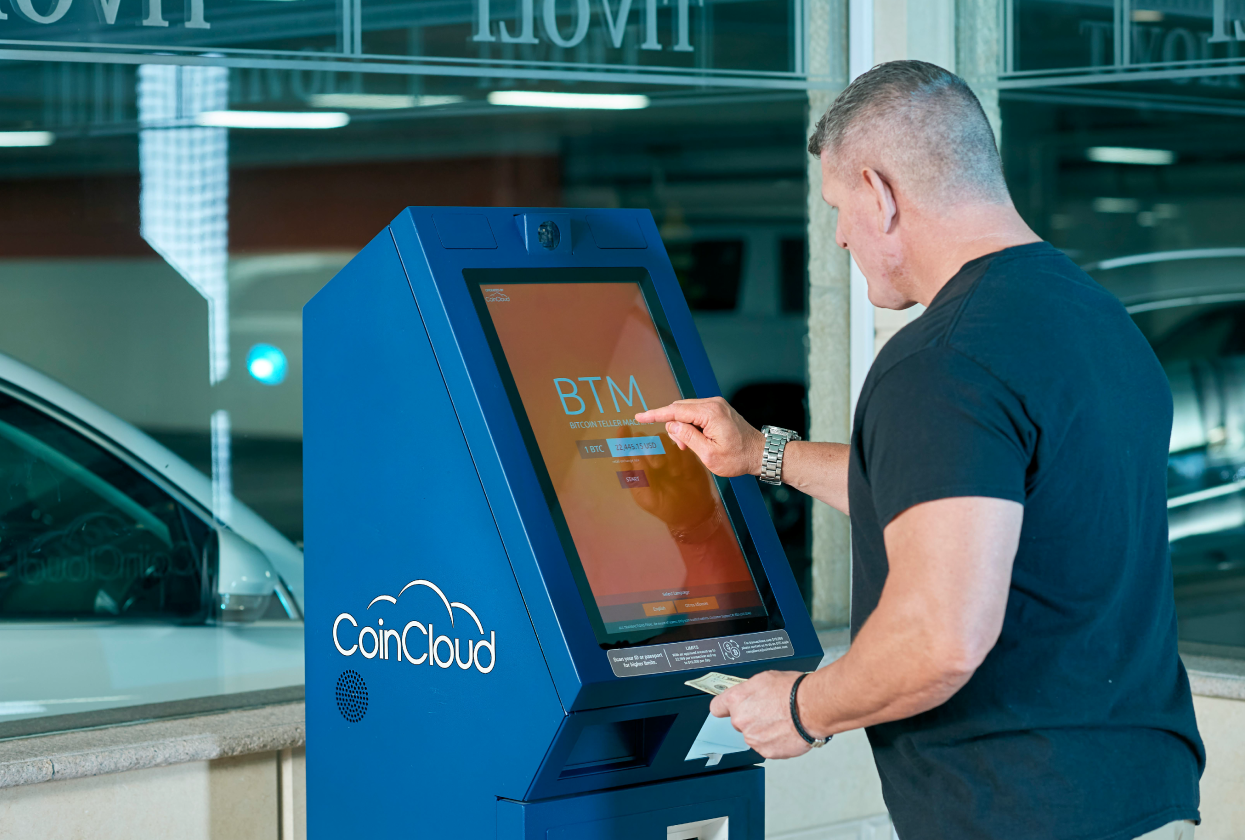
The world of finance is evolving rapidly with the rise of decentralized finance (DeFi) and centralized finance (CeFi). A key component of this transformation is the ability to seamlessly exchange fiat currency for cryptocurrency and vice versa. This article explores why such exchanges are crucial for the financial ecosystem, supporting both traditional and digital economies.
Fiat-to-crypto and crypto-to-fiat exchanges act as a crucial bridge between traditional financial systems and emerging digital assets. Without these exchanges, mainstream adoption of cryptocurrencies would be significantly hindered.
These platforms facilitate liquidity, enable institutional adoption, and provide access to digital assets for individuals who rely on fiat currencies for daily transactions.
Millions of unbanked and underbanked individuals globally lack access to traditional banking services but can use cryptocurrencies to engage in financial activities. Fiat-to-crypto ramps enable them to convert cash into digital assets, allowing them to participate in the global economy.
According to the World Bank, over 1.4 billion adults remain unbanked, highlighting the importance of digital finance solutions.
DeFi relies on crypto liquidity, while CeFi institutions such as Binance, Coinbase, and Kraken depend on fiat gateways to onboard new users. The synergy between these two financial models is essential for a balanced and robust financial ecosystem.
The integration of fiat gateways enhances the overall stability of the crypto market, fostering growth in both centralized and decentralized financial applications.
Despite their benefits, fiat-to-crypto exchanges face regulatory scrutiny. Governments and financial watchdogs, such as the Financial Crimes Enforcement Network (FinCEN), enforce strict compliance measures to prevent money laundering and illicit activities.
Licensing requirements, AML (Anti-Money Laundering) policies, and KYC (Know Your Customer) processes are essential for maintaining transparency and trust within the financial ecosystem.
With advancements in blockchain technology and the increasing adoption of digital currencies by governments, fiat-crypto exchanges will continue to evolve. The introduction of Central Bank Digital Currencies (CBDCs) may further redefine the relationship between fiat and crypto transactions.
Fiat-to-crypto and crypto-to-fiat exchanges are essential for a healthy financial ecosystem, ensuring accessibility, liquidity, and seamless integration between traditional and digital economies. Their role in financial inclusion and economic empowerment cannot be understated.
Photo by Elise: https://www.pexels.com/photo/a-man-in-black-shirt-using-atm-6132773